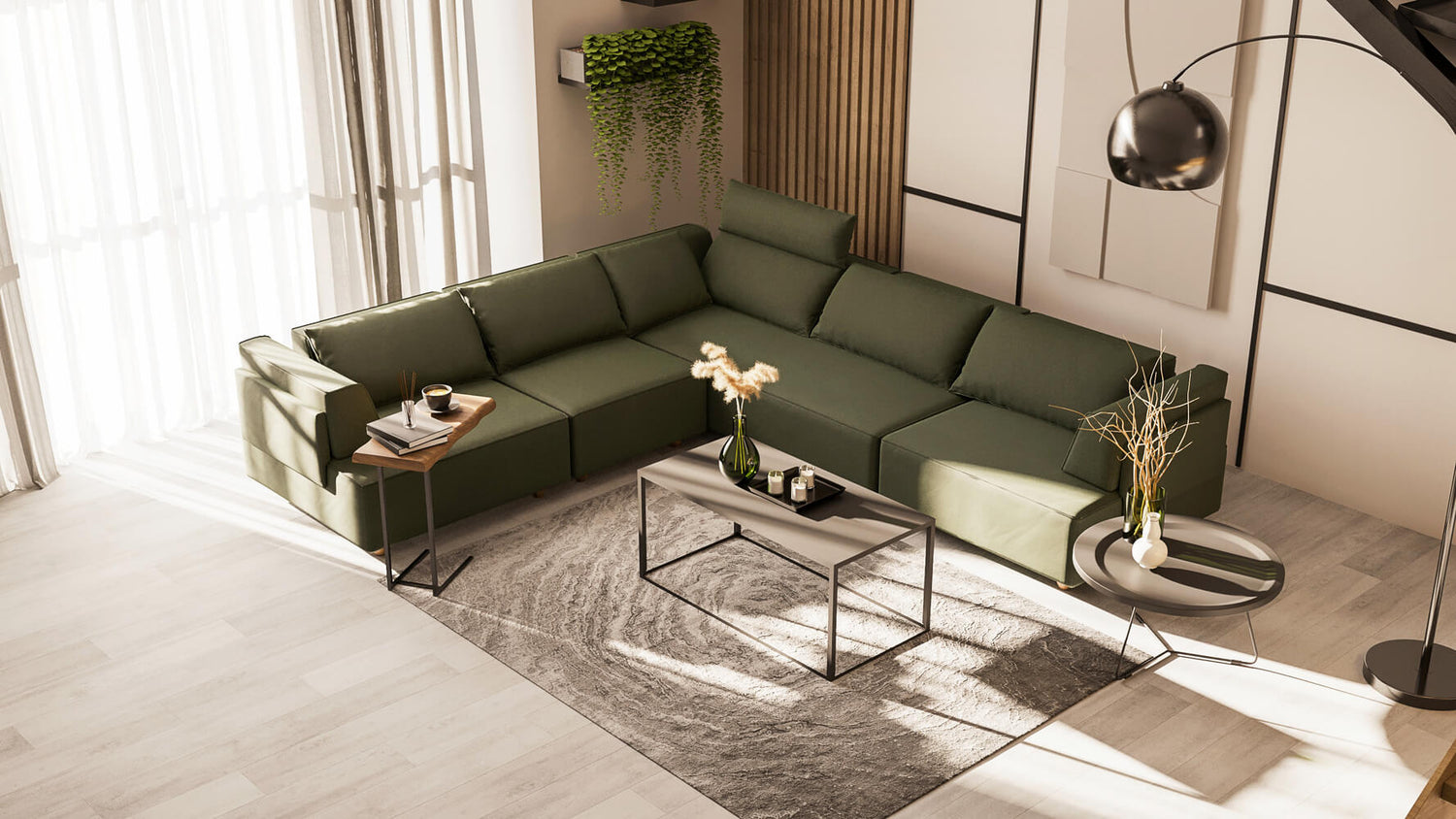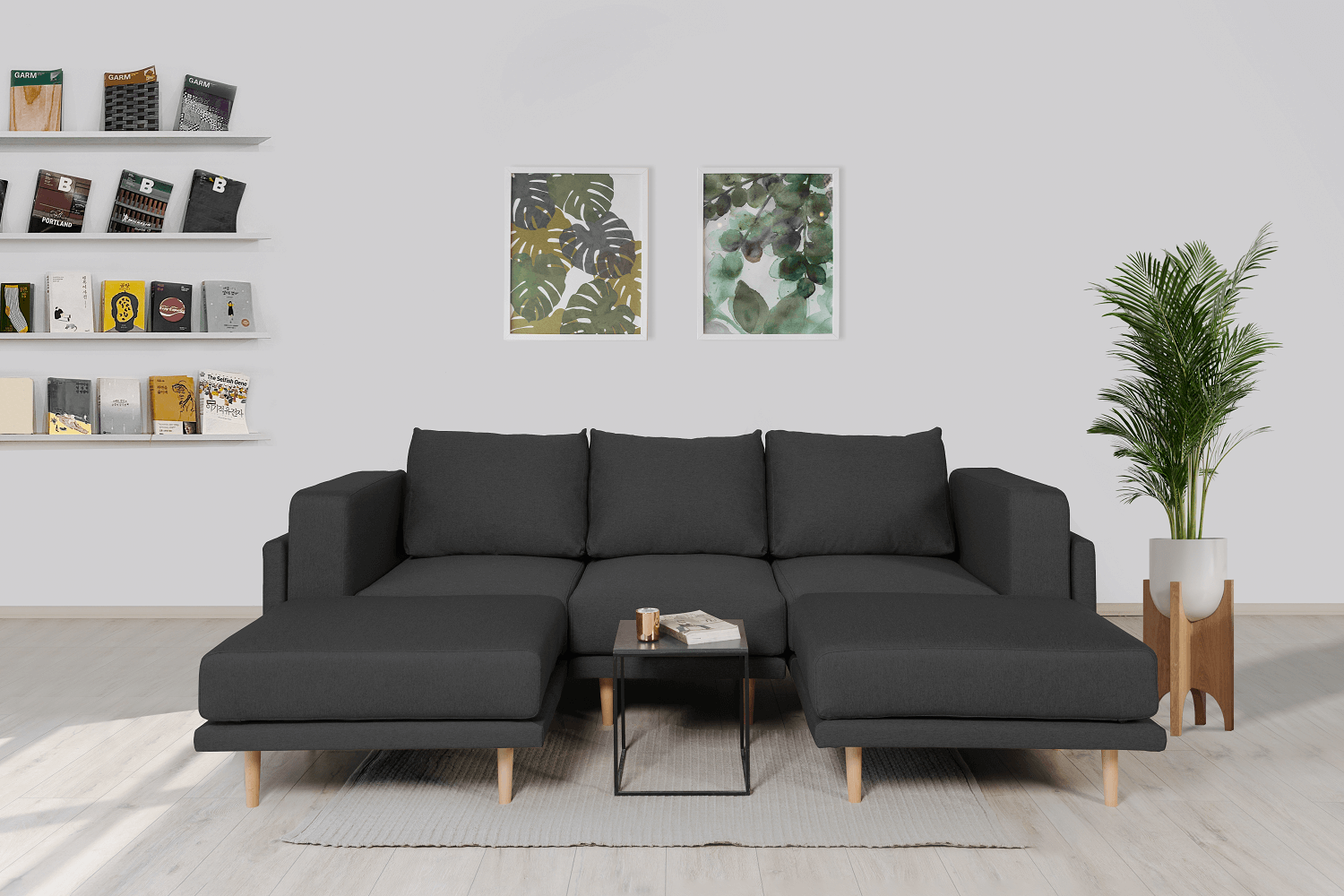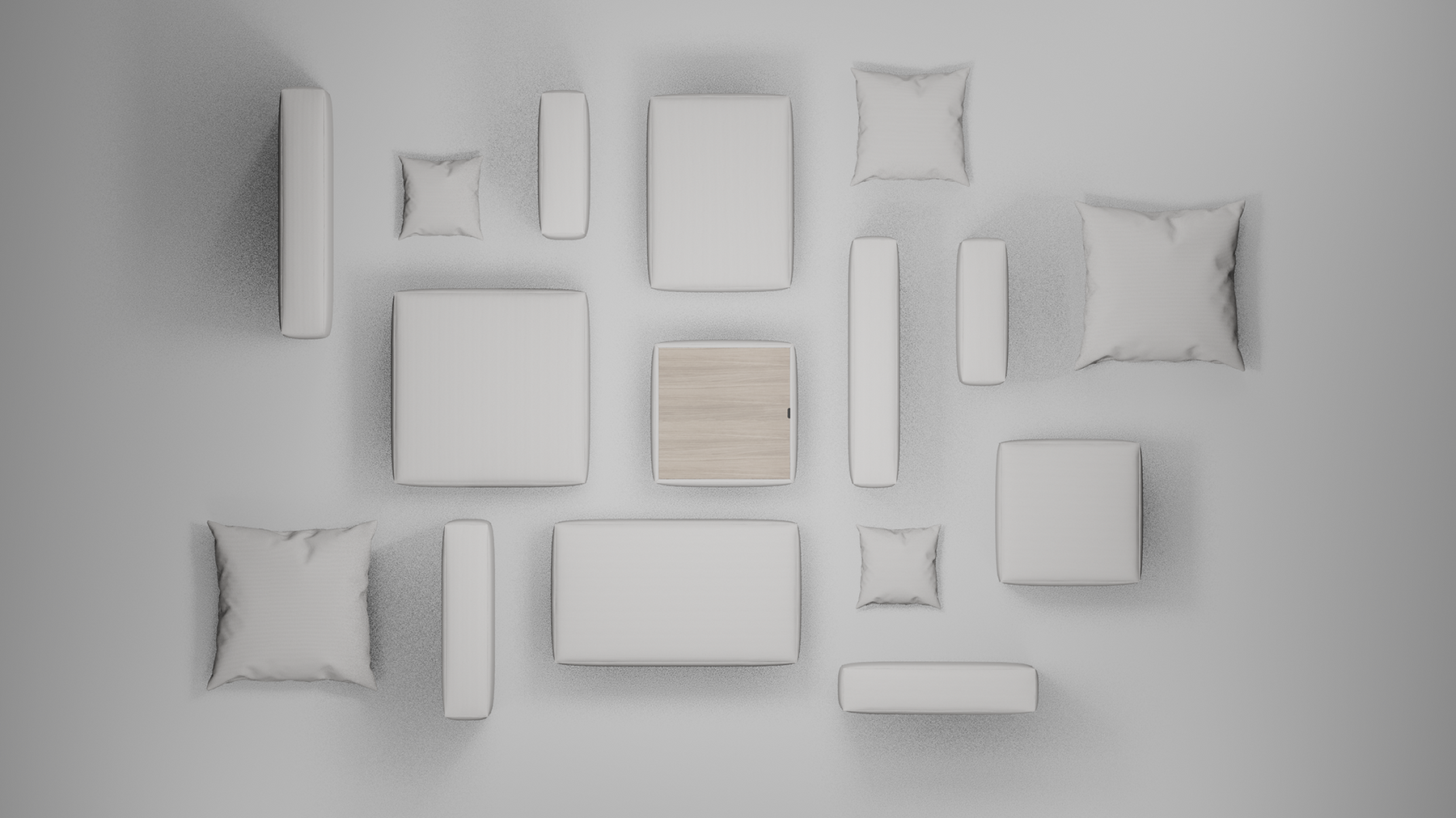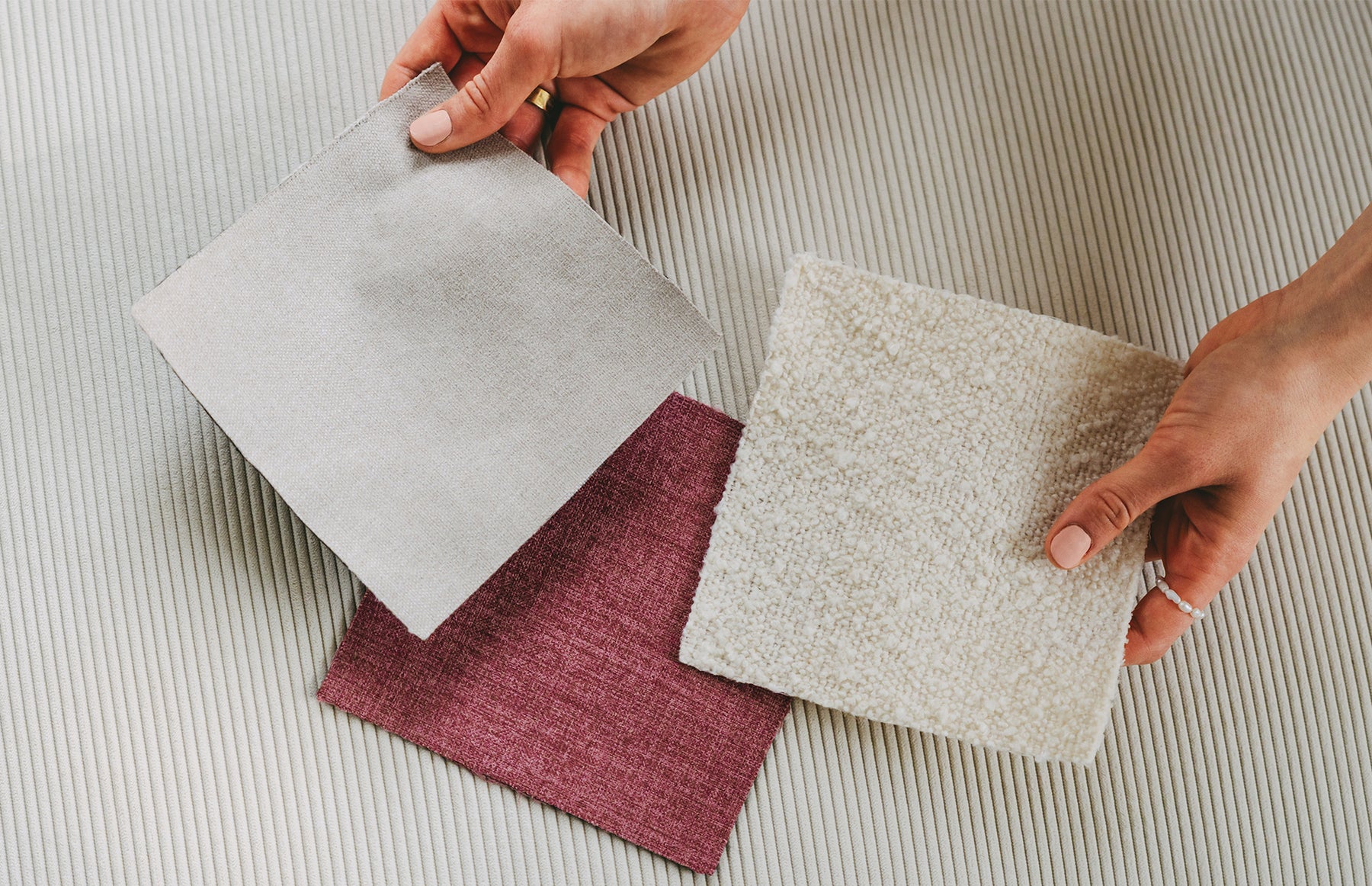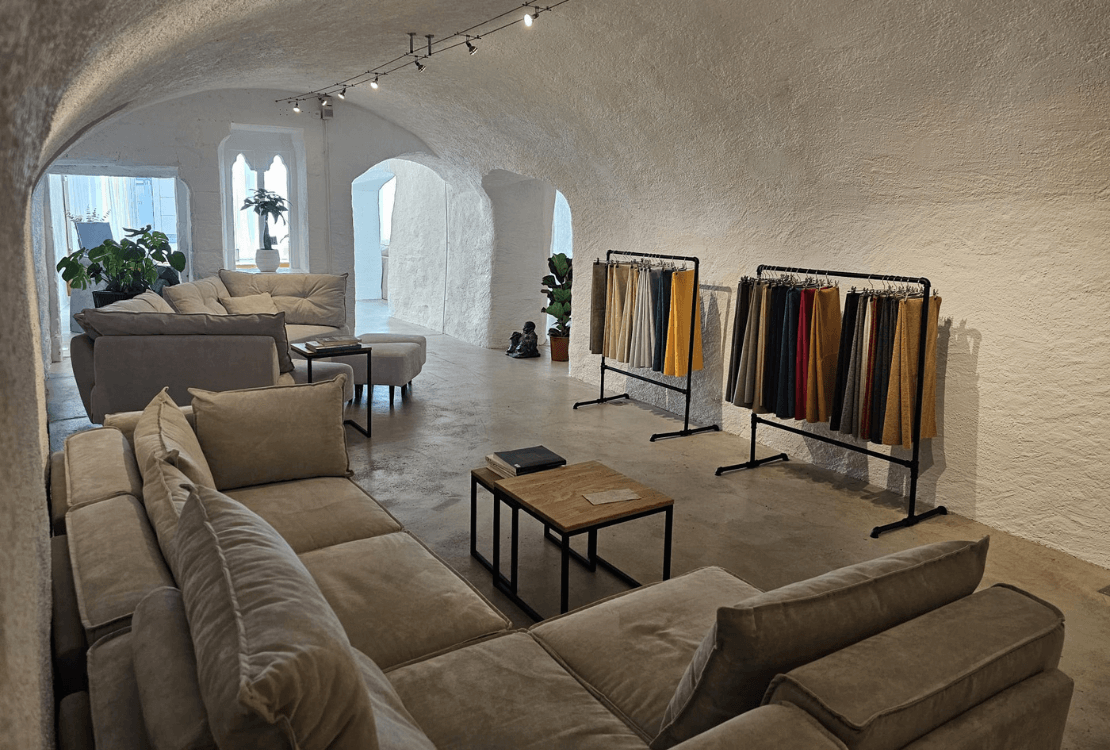Choosing the right colors for your living room can have a major impact on the atmosphere and mood of the room. In this article we will give you some helpful tips and inspiration to help you design a color concept for your living room.
The importance of choosing colors in the living room
The colors you choose for your living room can have a big impact on your mood and well -being. Bright, lively colors can convey energy and joie de vivre, while steamed, calming colors can create a relaxed atmosphere. It is important to choose the right color concept to ensure that your living room reflects your personal preferences and needs.
How colors influence the mood
Colors have a strong psychological effect on our mood and feelings. Warm colors such as red and orange can create an inviting and cozy atmosphere, while cool colors such as blue and green can convey a feeling of calm and relaxation. Take this effects into account if you advertise your color concept.
The psychology behind colors
Every Color Has your own psychological meaning. For example, symbolizes red passion and energy, yellow stands for joy and optimism, blue exudes calm and peace and green conveys a feeling of naturalness and harmony. Think about which mood or atmosphere you want to create in your living room and select the colors accordingly.
Another aspect that you should take into account when choosing a color for your living room is the space size. Bright colors can make a space larger and more open, while dark colors can visually reduce the room. So if you have a small living room, you can create an airy and spacious atmosphere with light colors such as white, beige or pastel tones. In the case of small rooms, it is also worthwhile in the setup Modular sofas to consider. With these you can save enormous space in the room and can still use different stake.
An interesting fact is that colors can also affect the indoor climate. Dark colors absorb more warmth and can therefore in sunny rooms to cause the room to heat up faster. Light colors, on the other hand, reflect the light and can keep the room cooler. So if you have a living room that receives a lot of sunlight, you should possibly choose bright colors to ensure a pleasant temperature.
Another important point is the combination of colors. You can combine different colors to create interesting contrasts or create a certain mood. For example, you can combine warm colors such as red and orange with cool colors such as blue and green to achieve a balanced and harmonious look. Experiment with different color combinations to find the perfect color scheme for your living room.
In addition to the colors on the walls, you should also take into account the colors of the furniture and decorative elements in your living room. These should harmonize with the color concept and create a uniform atmosphere. For example, if you want to create a calming and relaxing atmosphere, you could choose furniture and decoration elements in cool colors such as blue or green.
In summary, it can be said that the choice of colors in the living room plays an important role in creating the desired atmosphere and atmosphere. Consideration The psychological meaning of the colors, the space size, the indoor climate and the combination of colors to develop a harmonious and appealing color concept. Take the time to try different colors and ultimately choose those who best fit your personal style and needs.
Find your modular dream sofa with washing and changeable references - a sofa that adapts to your needs and color concepts!
Basics of color design
In order to create a harmonious color concept for your living room, it is important to understand the basics of color design.
Understand color harmonies
Color harmonies are combinations of colors that are visually appealing and go well together. There are different types of color harmonies, such as monochromatic, complementary and analog color schemes. If you want to create a harmonious color concept for your living room, you should consider different color harmonies and see, which best suits your personal style and furnishings.
The role of light in the choice of colors
The natural and artificial light in your living room can influence the perception of colors. Think about how the light falls in your room and how it affects the colors. Bright colors can make the room appear larger and more open, while dark colors can create a more cozy atmosphere. Experiment with different colors and observe how the light affects you to achieve the best results.
Five tips for choosing the right color concept
Start with the Color, the one you love
The living room is a place where you spend a lot of time, so choose one Color, You like and with which you feel comfortable. Start with a main color you love and then build up the color concept. For example, if you like blue, you can create a blue-green color concept for your room.
Consider your furniture and decorations
Your furniture and decorations should also fit into your color concept. If you already have furniture or decorations that you want to keep, choose colors that harmonize well with them. In this way you can create a coherent and appealing overall picture.
Experiment with different colors
To give your living room more dimension and interest, you can work with different colors. For example, use different shades of the same Color, to create depth and contrast. Experiment with different color combinations until you have found the perfect balance.
Inspirations for color concepts in the living room
Monochromatic color schemes
A monochromatic color scheme consists of different shades of the same Color. This color concept can give subtle elegance and sophistication. For example, you can use different shades of blue to create a cool and soothing color scheme.
Complementary colors for a brave look
If you prefer a braver and more striking color concept, you can work with complementary colors. Complementary colors are colors that are opposite each other in the color circle and complement each other. For example, you can combine blue and orange to create a dynamic and contrasting color scheme.
Natural colors for a soothing ambience
If you want to create a soothing and natural ambience in your living room, you can use natural colors. Erd tones such as brown, beige and green can create a warm and inviting atmosphere and at the same time establish a connection to nature.
Errors that you should avoid when choosing colors
Use too many colors
It can be tempting to incorporate many different colors into your color concept, but excessive many colors can be overloaded and let the overall picture look chaotic. Try to pay attention to a limited color palette and choose a main color to define the color scheme. Then add this main color with one or two accent colors to achieve a balanced and harmonious look.
Ignore color trends
Color trends can be a great source of inspiration, but it is important to keep an eye on your personal style and taste. Don't ignore the colors that you really like just because they are not in trend right now. The most important thing is that you feel comfortable and happy in your living room, regardless of current fashions.
With these 5 tips and inspirations you can create a color concept for your living room that reflects your personal style and your preferences. Experiment with various color harmonies, tones and textures to create a room that is inviting, cozy and stylish.



